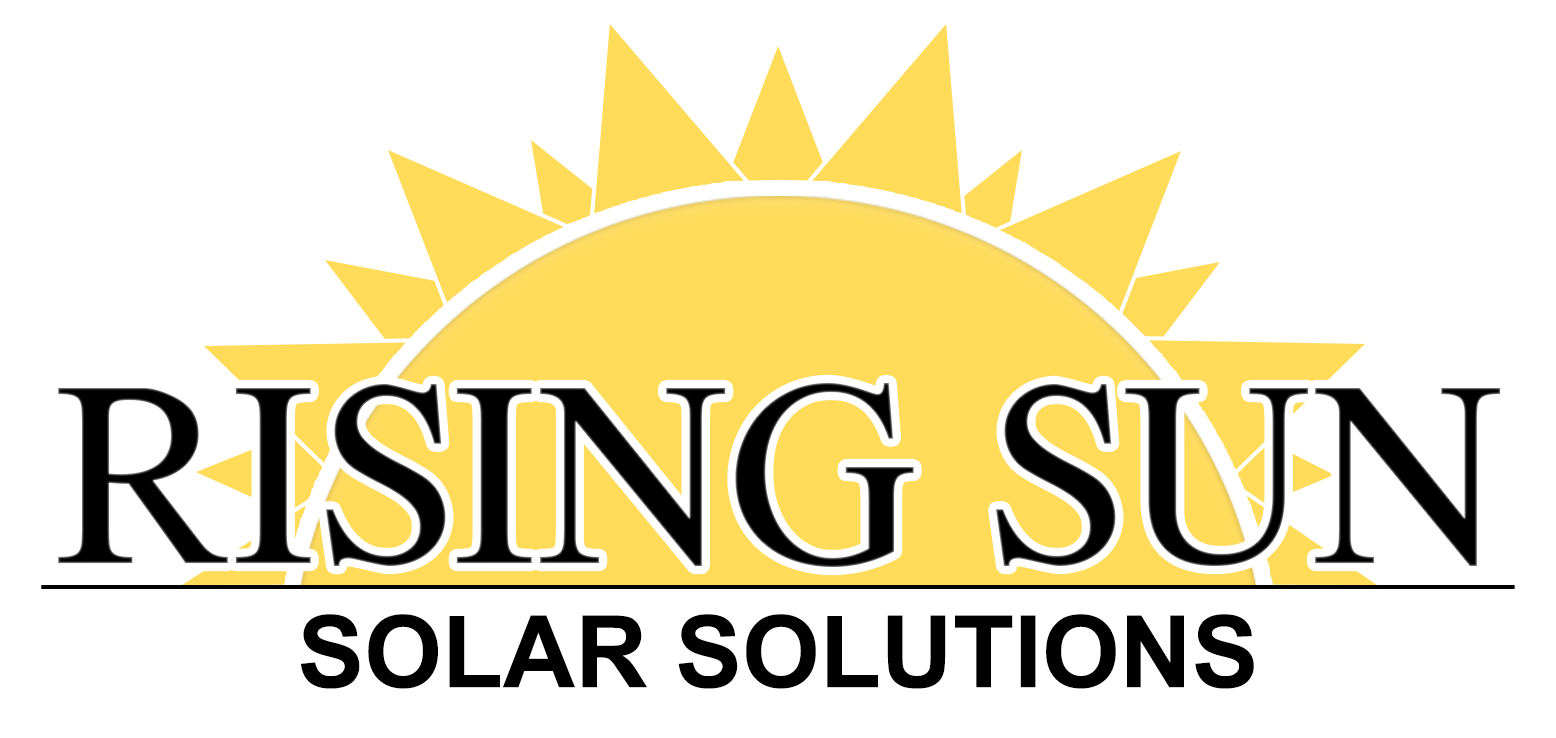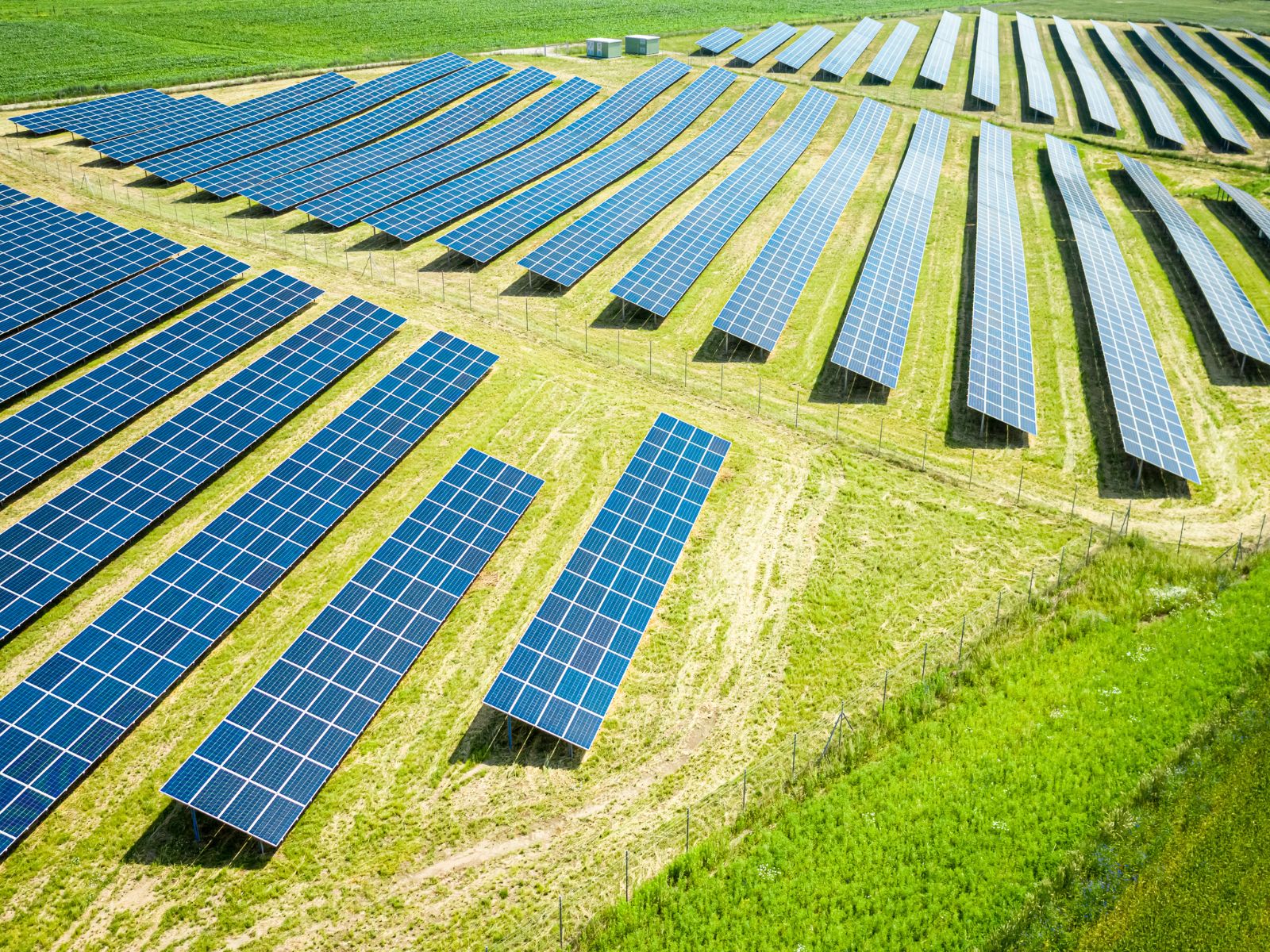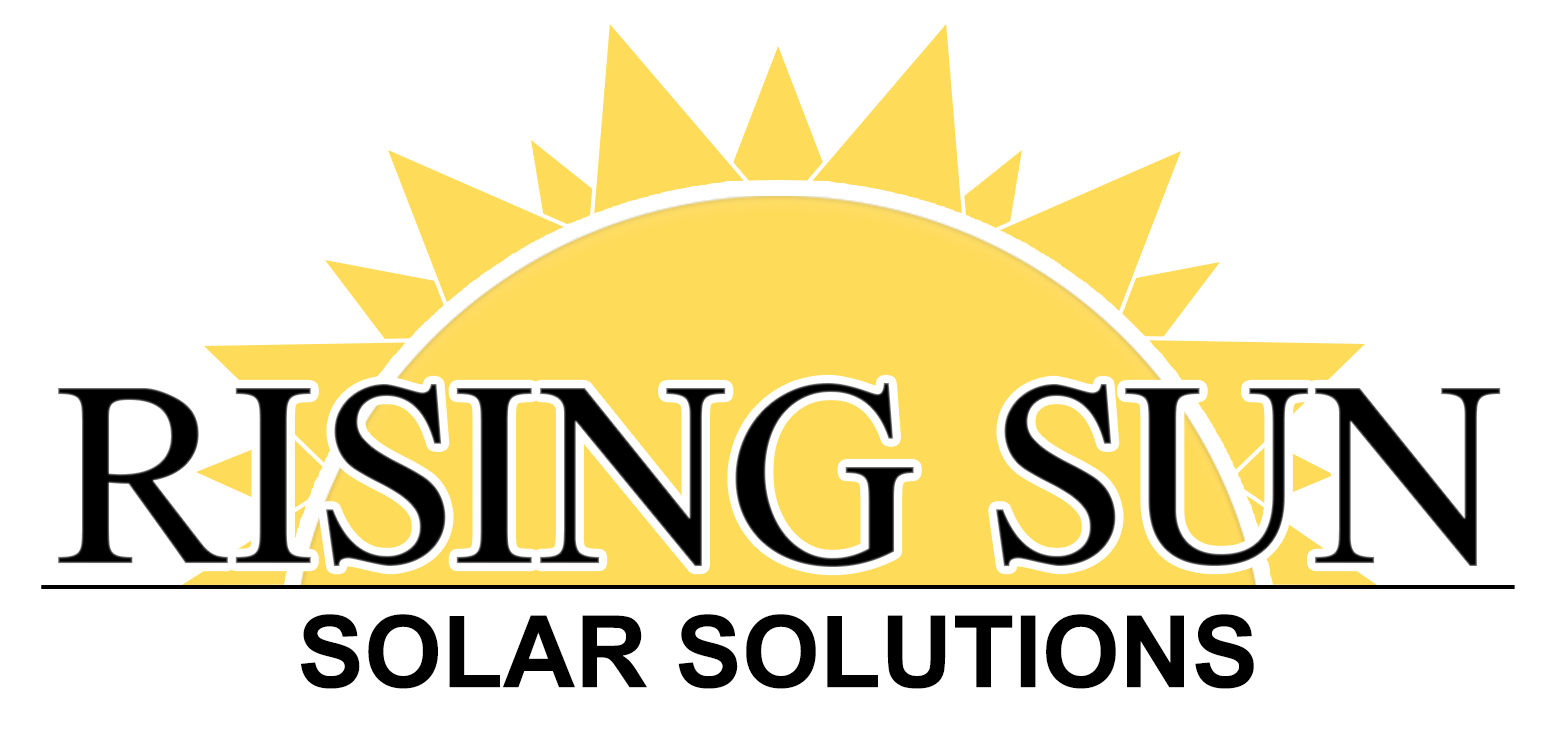If you want to support clean energy and save money on your electricity bills, but you don’t have a suitable roof or property for installing solar panels, you may be interested in community solar. Community solar is a program that allows you to subscribe to a share of a large solar array located in your area and receive credits on your utility bill for the electricity generated by your share.
Learn what community solar is, how it works, what are its benefits, and how you can join one in Maryland below.
What is Community Solar?
Community solar is a form of distributed generation that enables multiple customers to benefit from a single solar project. Unlike rooftop solar, where you own or lease the solar panels on your roof, community solar allows you to subscribe to a portion of a solar array that is located elsewhere, such as on a farm, a parking lot, or a brownfield site.
You pay a monthly fee to the subscriber organization that manages the project and receive credits on your utility bill for the electricity produced by your share of the array.
This type of energy supply is also known as shared solar, solar garden, or solar farm. It is different from retail electricity supply, where you buy electricity from a third-party supplier that may or may not use renewable sources.
With community solar, you are directly supporting a specific local solar project while reducing your reliance on non-retable energy.
How Does Community Solar Work?
A solar community connects customers with solar projects through subscriber organizations. Subscriber organizations are entities that own or operate community solar projects and offer subscriptions to customers. They can be developers, utilities, nonprofits, cooperatives, or other organizations.
To join a community solar project, you need to sign up with a subscriber organization that has a project in your utility service territory. You will need to provide some information about your electricity usage and preferences, such as how much of your solar energy you want to use and how your subscription length. The subscriber organization will then assign you a share of the project based on your needs and the availability of a solar network.
Once the project is operational, you will start receiving credits on your utility bill for the electricity generated by your share of the project. The credits will offset some or all of your electricity charges, depending on the size of your share and the rate of the credits. You will also pay a monthly fee to the organization for your subscription, which may be fixed or variable depending on the contract terms.
The subscriber organization will handle all the maintenance, operation, and administration of the project. You will not have to worry about any installation, repair, or insurance costs. You will also have the flexibility to cancel or transfer your subscription at any time, which is subject to the terms and conditions of your contract.
What are the Benefits of Community Solar?
There are many benefits of community solar for customers who want to go green but face barriers such as lack of roof space, shading, renting, or costs for installation. Some of these benefits include:
Saving Money
It can help you save money on your electricity bills by reducing or eliminating your electricity charges with credits from your subscription. Depending on the rate of the credits and the fee of the subscription, you may be able to save up to 10% or more on your annual electricity costs.
Supporting Clean Energy
Using community solar supports clean energy and reduce greenhouse gas emissions by subscribing to a local renewable energy source. By going solar, you can avoid using electricity from fossil fuels and contribute to Maryland’s goal of achieving 100% clean energy by 2035.
Increasing Access and Equity
Offering solar to those who can’t install them on their home increases access and equity for low- and moderate-income (LMI) customers. Some community solar projects in Maryland are dedicated to serving LMI customers and offer lower fees or higher savings than regular projects. Additionally, some projects offer free subscriptions or grants for LMI customers who meet certain eligibility criteria.
Creating Jobs and Development
Community solar can help create jobs and development in Maryland by stimulating the demand for solar products and services. According to a report by the International Renewable Energy Agency (IRENA), the solar industry employed 12.7 million people worldwide in 2022, making it one of the largest employers in the renewable energy sector. Community solar can also foster local development by providing access to electricity and income opportunities for rural and remote communities.
How to Join a Community Solar Project in Maryland?
Maryland established its community solar pilot program in 2015 to enable customers to participate in community solar projects across the state. The program has four categories of projects: open (for any customer), small/brownfield/other (for small projects or projects on brownfield sites), LMI (for projects serving LMI customers), and very small (for projects under 25 kW).
To join a community solar project in Maryland, you need to follow these steps:
1. Find a Project
You can use the Maryland Community Solar webpage to find a list of active and upcoming projects in your utility service territory. Or, use platforms like Common Energy or Neighborhood Sun to compare and enroll in projects online. Additionally, you can contact your utility or local government to see if they have any community solar programs or initiatives.
2. Sign up
Once you find a project that suits your needs and preferences, you need to sign up with the subscriber organization that manages the project. You will need to provide some information about your electricity usage and preferences, such as solar energy needs and subscription period. You will also need to review and agree to the terms and conditions of the subscription contract, which may vary depending on the project and the subscriber organization.
3. Receive Credits
After you sign up, you will receive a confirmation from the subscriber organization and your utility. You will also receive a welcome packet with more information about the project and your subscription. Once the project is operational, you will start receiving credits on your utility bill for the electricity generated by your share of the project. The credits will appear as a separate line item on your bill, along with the name of the project and the subscriber organization.
4. Pay Fees
Along with receiving credits, you will also pay a monthly fee to the subscriber organization for your subscription. The fee may be fixed or variable depending on the contract terms. It will appear as a separate charge on your utility bill, along with the name of the project and the subscriber organization. Alternatively, you may receive a separate bill from the subscriber organization for the fee.
Community Solar as Backup Plan
Community solar is a great option for customers who want to go solar but face barriers such as a lack of roof space, shading, renting, or installation costs. However, never assume that you can’t have your own solar panels until you speak with an expert.
At Rising Sun Solar Solutions, we inspect your home to find a solar solution for you. If you are renting, we can even discuss options with your landlord to see if solar installation is an option. We can also discuss solar panel incentives to help cover the cost of your solar system.
While community solar is a great option to get solar, it may not be the best option if you can install panels on your property.
Contact us today, to discuss the best solar plan for you to save the most money and become energy independent.


